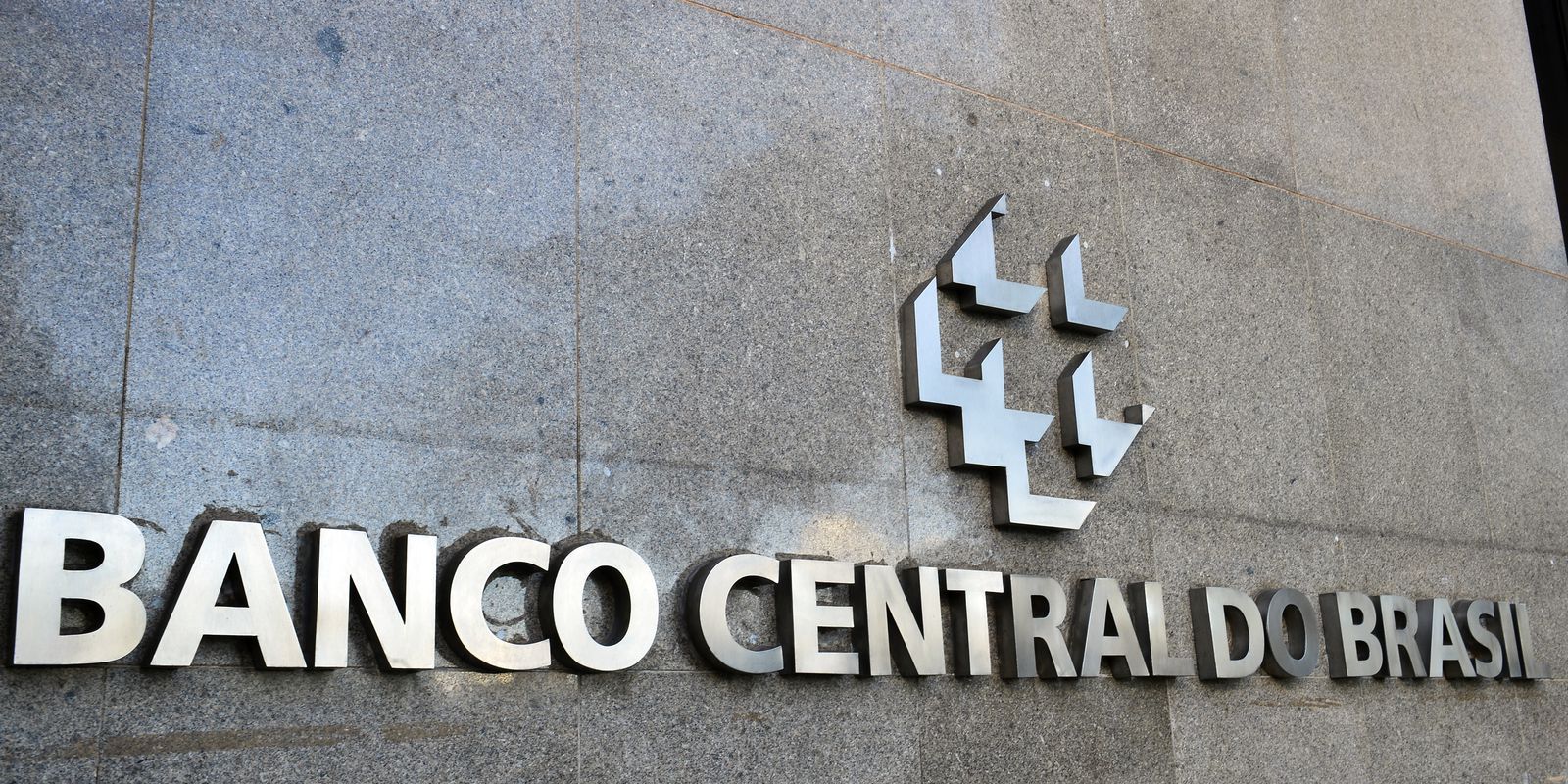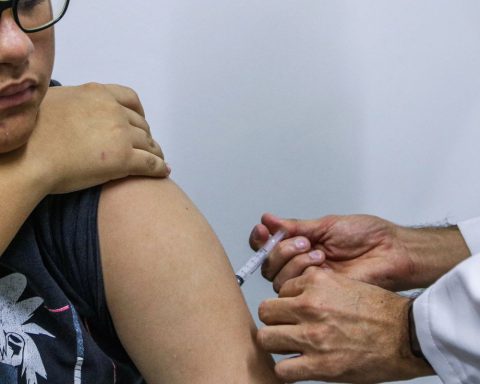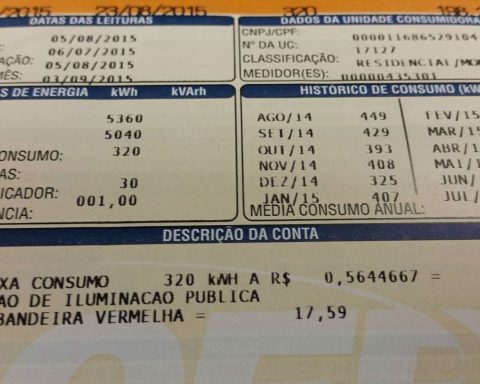Public accounts closed the month of January with a positive balance, mainly as a result of record collections by the National Treasury and the increase in oil royalties. The consolidated public sector, made up of the Union, states, municipalities and state-owned companies, recorded a primary surplus of BRL 99.013 billion last month, compared to a primary surplus of BRL 101.833 billion in January 2022.
The data were released this Tuesday (28) by the Central Bank (BC). The primary surplus represents the positive result of the public sector’s accounts (expenses minus revenues), disregarding the payment of interest on the public debt.
In 12 months, ending in January, the accounts accumulate a primary surplus of R$ 123.173 billion, which corresponds to 1.24% of the Gross Domestic Product (GDP, sum of all goods and services produced in the country).
In 2022, public accounts ended the year with a primary surplus of BRL 125.994 billion, 1.28% of GDP.
isolated data
Last month, the Central Government (Social Security, Central Bank and National Treasury) presented a primary surplus of BRL 79.405 billion compared to the surplus of BRL 77.430 billion in January 2022. The Union’s net revenue grew driven by the receipt of dividends from companies state-owned companies such as Petrobras.
The amount of the Central Government surplus differs from the result disclosed yesterday (27) by the National Treasury, surplus of BRL 78.326 billion in Januarybecause, in addition to considering local and state governments, the BC uses a different methodology, which takes into account the variation in the debt of public entities.
State governments had a surplus last month, registering BRL 17.268 billion, compared to a surplus of BRL 18.283 billion in January 2022. Municipal governments already recorded a surplus of BRL 4.504 billion in January of this year. In the same month of 2022, there was a surplus of BRL 1.694 billion for these entities.
In total, the regional governments (state and municipal) had a surplus of BRL 21.772 billion in January 2022 against a positive result of BRL 19.977 billion in the same month of 2022. The increase can be explained by the growth in regular transfers from the federal government in scope of tax sharing and other federative norms, a natural result of the increase in federal revenue.
The federal, state and municipal state companies, excluding those of the Petrobras and Eletrobras groups, had a primary deficit of R$ 2.164 billion last month.
interest expenses
Interest expenses stood at BRL 52.320 billion last month, against BRL 59.007 billion in December and BRL 17.772 billion in January 2022.
In this increase, there are the effects of Central Bank operations in the exchange market (exchange swap, which is the sale of dollars in the futures market), which, in this case, contributed to the worsening of the interest account in the annual comparison. The results of these operations are transferred to the payment of interest on the public debt, as revenue, when there are gains, and as expenses, when there are losses.
Last month, the swaps account had gains of BRL 16.1 billion, against gains of BRL 31.9 billion in January 2022.
In the interannual comparison, the increase in the debt stock and the rise in the Selic rate in the period also contributed to the evolution of interest rates, which rose from 9.25% per annum in January of last year to the current 13.75% per annum.
The nominal result, formed by the primary result and interest expenses, was reduced. In January, the nominal surplus was BRL 46.692 billion, against the positive result of BRL 84.061 billion in the same month of 2022. In 12 months, the public sector accumulates a deficit of BRL 497.802 billion, or 5.02% of GDP. The nominal result is taken into account by risk rating agencies when analyzing a country’s indebtedness, an indicator observed by investors.
Public debt
The public sector’s net debt (balance between the total credits and debts of the federal, state and municipal governments) reached R$ 5.613 trillion in January, which corresponds to 56.6% of GDP. In December, the percentage of net debt in relation to GDP was 57.5%.
In January of this year, the gross debt of the general government (DBGG) – which includes only the liabilities of the federal, state and municipal governments – reached BRL 7.257 trillion or 73.1% of GDP, against 73.4% (BRL 7.231 trillion) in the previous month. Like the nominal result, gross debt is used to draw international comparisons.
















